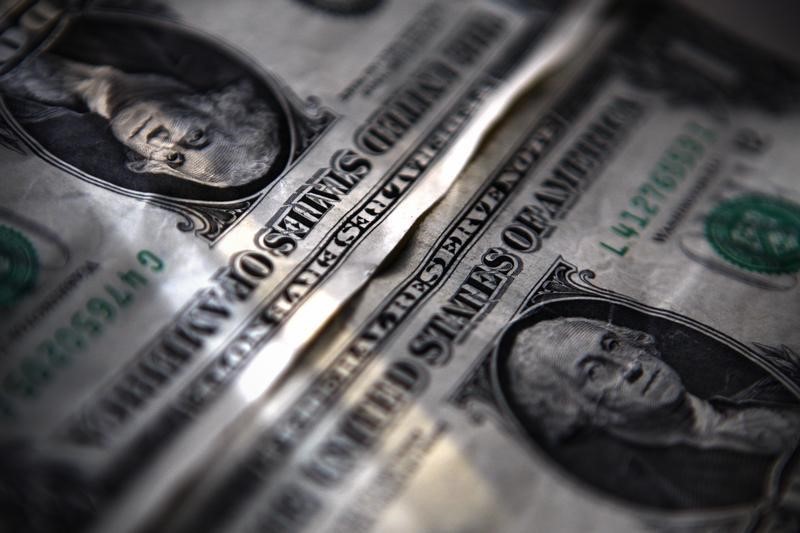
The decline in equities has seemingly allowed the dollar to align with firmer short-term U.S. interest rates, notably the two-year USD swap rate, which has climbed back to 4.85%. This reflects a recalibration of market expectations regarding the Federal Reserve’s potential easing of monetary policy.
Overnight developments have hinted at the possibility of U.S. Treasuries gaining additional support. A successful two-year Japanese Government Bond (JGB) auction has helped cap the rise in JGB yields, which in turn, has been a contributing factor to the increasing Treasury yields. Additionally, the recent release of the Federal Reserve’s Beige Book appeared to lean dovish, with observations of a somewhat more pessimistic economic outlook and a shift in the labor market dynamics, including decreased employee turnover and increased bargaining power for employers.
Today, investors are anticipating the release of revised first quarter U.S. GDP data for 2024, which is expected to show a slight downward revision, alongside the quarterly core Personal Consumption Expenditures (PCE) price index, which is forecasted to hold at an annualized rate of 3.7% quarter-on-quarter. However, the upcoming release of the April core PCE price data on Friday is projected to be more significant for market direction. Additional economic indicators set to be released include the weekly jobless claims and April trade data.
The outcome of Friday’s inflation data is anticipated to be a crucial factor in determining the next significant trend for the dollar.
This article was generated with the support of AI and reviewed by an editor. For more information see our T&C.
To read the full article, Click Here

